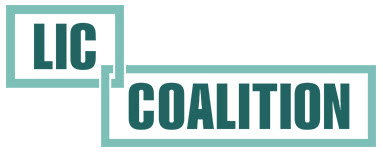Infrastructure is often taken for granted, yet it is a vital component to Long Island City’s economic development and prosperity. It used to be that NYC collected taxes and allocated those revenues to the essentials like, sewers, water, electrical systems, schools, libraries, police and firemen, transportation, and communication networks. Unfortunately in the Bloomberg era a doctrine of trickle down economics became standard city policy leaving so many bereft of essential needs, with those at the lowest economic and racial spectrum taking the hardest hits. Basically the city became dependent on developers to provide infrastructure. The problem with this top down approach is that the minimal infrastructure provided by a new development is not commensurate with growth
Sewers: In New York City we have an open sewer system, normally the EPA would fine the City of New York for polluting. However for some reason the city gets to slide. China Towns sewage actually comes to our side of the river, and Long Island Cities sewage goes to Astoria and when is rains or floods it all goes to the East River. While new developments have plumbing in place to prevent this, what is unknown is that the plan to keep sewage from the East River is not set to be implemented until 2080-2090! s.
* picture with Caption” Long Island City has had 3 sewer collapses in 2 years because the strain of 30,000 new residents. Emergency sewer repairs cost 3 times as much as regular maintenance”.*
In addition new developments bring out hoses, to pump water from their basements. during rain storms. The acceleration of climate change often leaves city planning and engineers behind with the times.
* Sarah can you get a picture?*
Each year China’s cities must absorb 10 million people, who excrete an extra 3.3 million pounds of fecal matter and an additional nearly 1 million gallons of urine. Converting sludge into clean energy starts by
breaking down the slurry. Thermal hydrolysis combines the high-pressure boiling of waste or sludge with rapid decompression. Anaerobic digestion harnesses microorganisms to break down biodegradable material in the absence of oxygen.
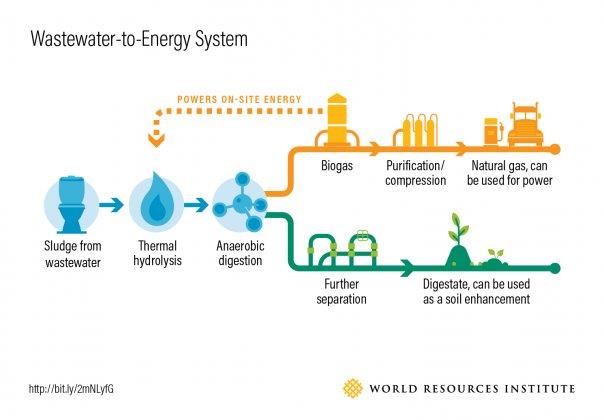
At the Davyhulme wastewater treatment works (WWTW) in Greater
Manchester, United Utilities is generating renewable energy from sewage
gas that is created from sludge left behind after the treatment of
wastewater. The produced energy is used to power the local plant and
provide high levels of efficiency through embedded generation. Read more about how Davyhulme generates renewable energy from sewage gas HERE.
Xiangyang, China is one of the first cities in the developing world to
invest in anaerobic digestion, and methane capture and utilization. A
Chinese firm called Toven decided to build a sludge treatment plant near
Xiangyang, and now it uses sludge produced by the city’s 2 million
residents to produce compressed natural gas. The natural gas is sold to
gas stations, used to fuel homes and cars. While creating enormous
revenue, the plant has reduced air pollution within the city by
efficiently degenerating sludge and organic waste. By implementing the
technical processes of high temperature thermal hydrolysis, anaerobic
digestion, and methane capture and utilization, and by producing and
using biochar soil, Xiangyang project actually recovered and re-utilized
the nutrients in sludge and avoided pollution of water bodies. Thus,
according to the World Resources Institute, this project grasped the
opportunity to recover bio-energy (biogas) from sludge and kitchen
waste, helping cities move toward clean energy, and reducing greenhouse
gas emissions associated with sludge and kitchen waste treatment. More information about Xiangyang’s innovative plant that turns sewage sludge into energy appears in a Scientific American article published HERE in 2016.
China offered this technology to NYC over 20 years ago, but the City had
no interest, how far would we have been ahead of the carbon foot print
if we had invested? After all what do New Yorkers have an endless supply
of!
Electrical systems: Failing and outdated infrastructure are potential security, health and safety risks. The 50 year old Astoria Generating Station is in the process of a controversial revamp. Rather than further invest in non-renewable fossil fuel energy, activists and political leaders are calling on this as a golden opportunity to switch to 100 percent renewable energy.
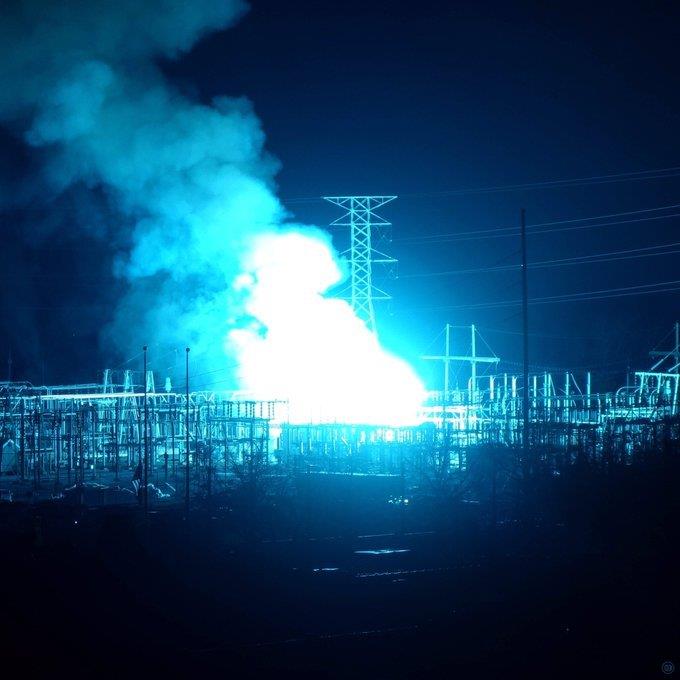
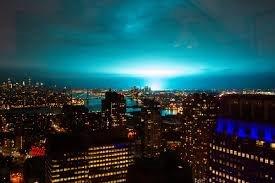
In Long Island City a sewer explosion caused an electrical fire that required the block to be evacuated due to carbon monoxide poisoning.
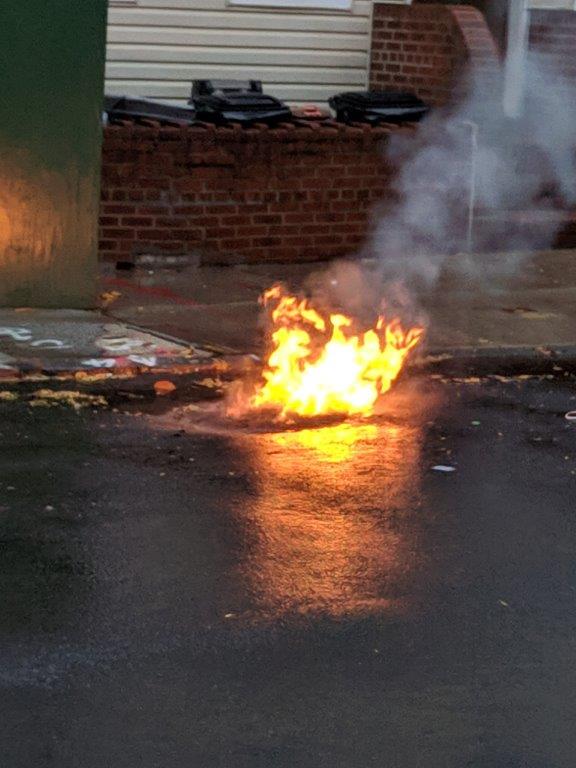
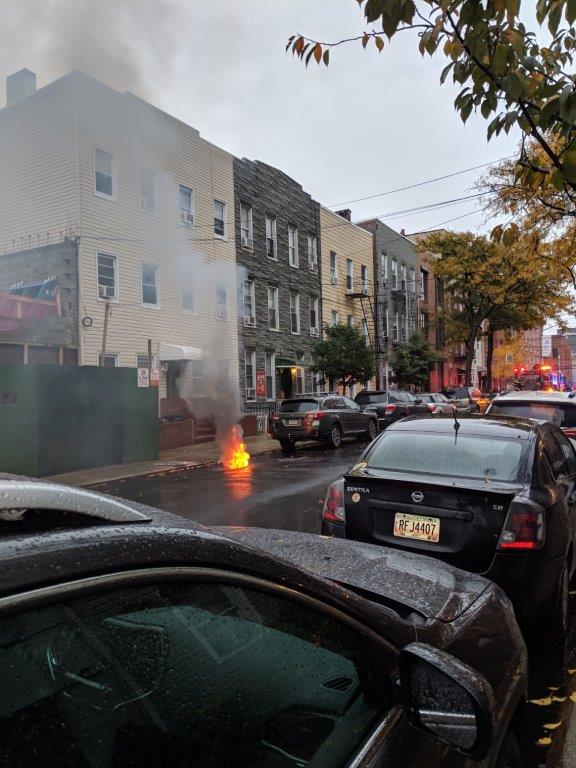

Schools and Libraries: The 2001 City zoning experts did not anticipate that Long Island City would be a desirable place to raise a family, yet that is what happened.. By constructing deals with developers without a permanent commitment the community looses out. This happened with Court Square Library. When the building where the library existed was sold, the new owners did not honor its agreement to maintain the Court Square Library permanently and the community lost its only library. In the same building, a public community space within the CitiCorp building was NEVER open to the public. Developer deals need legal binding commitments, and even still such binding agreements between developers and the public may not guarantee much over time.
Lack of school seats and economic segregation are key challenges in LIC. Our communities will grow richer in the long run by the lifting of all communities together through education and learning.
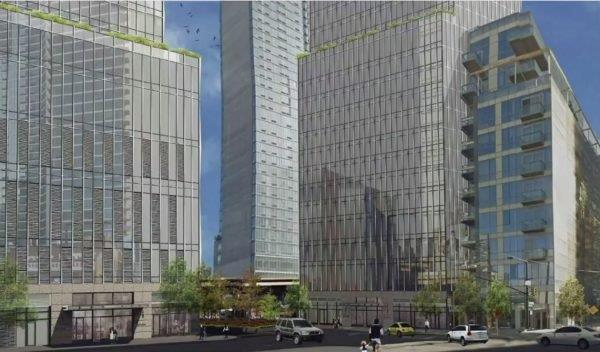
Police and Fireman: Our police precinct was built in 1905 Long Island City, for 90 years our population hovered around 13,000. Since 1996 our population grew to 30,000 and in recent years has more than doubled to 64,000. (Confirm) Developers plan to put another additional 100,000-125,000 residents here. The plain fact is we as a community can not continue to operate with the same size precinct that we had at the turn of the century. The polic precinct building is historic along with our fire department. Both buildings despite their needed expansion should be protected from development for all cost.
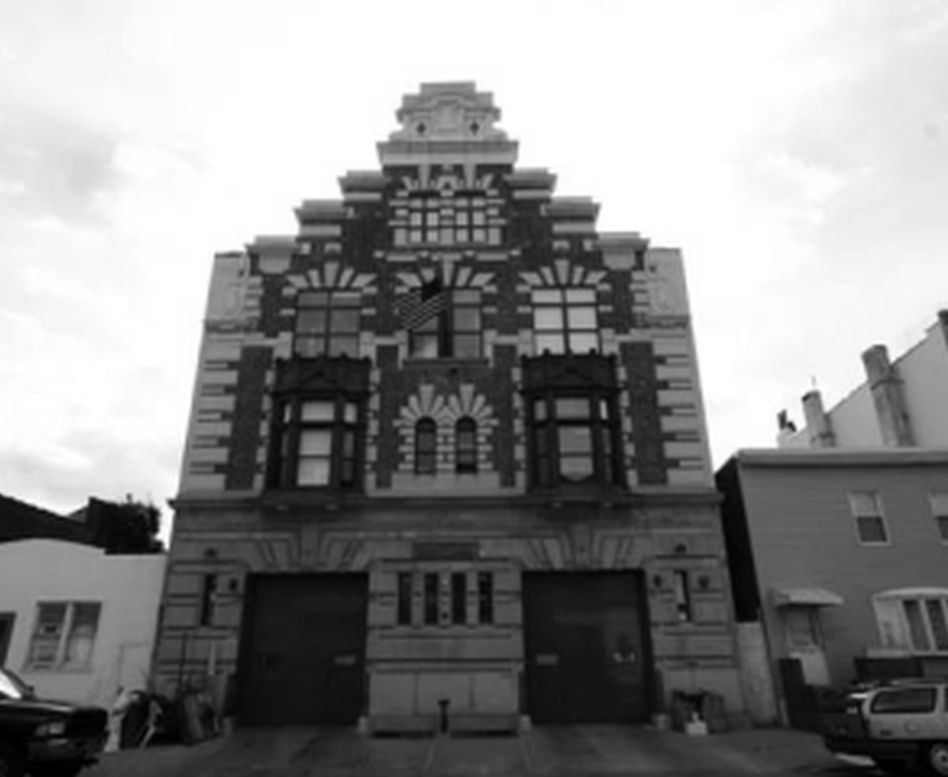

Transportation: In addition to bike lanes, we could invest the 7 million dollars allocated for the failed BQX proposal directly back into fossil fuel free transportation and increased bus service throughout Long Island City. Instead of private small buses for luxury developments, the same small model buses could be used to provide public shuttle routes from Hunters Point, Queensbridge, Ravenswood to Astoria to LaGuardia Collage and back again to LIC. By deprivatizing the luxury buses on Vernon we clear up current congestion and reduce impact to the community. We also send a message of inclusivity rather than exclusivity.
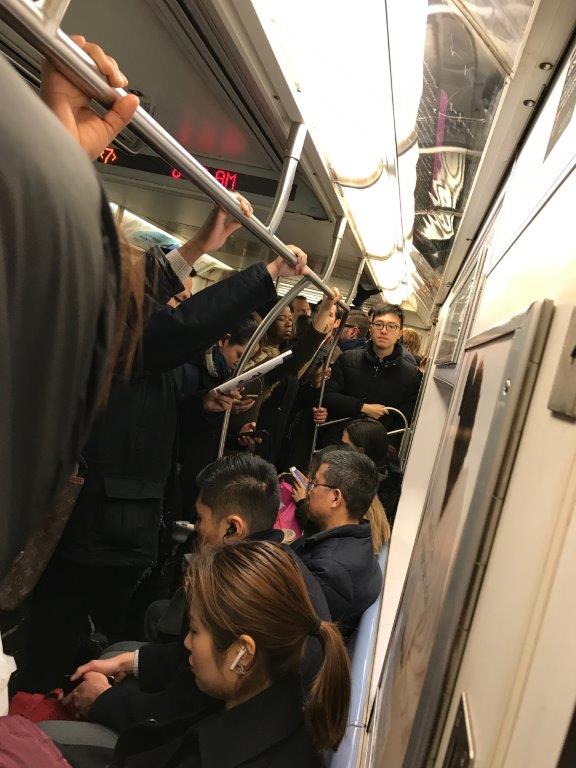
Communication networks: In our fast past world of information technology we take for granted how we can lose connection. With more frequent storms, higher winds and lagging repairs our communications are affected often in Long Island City.
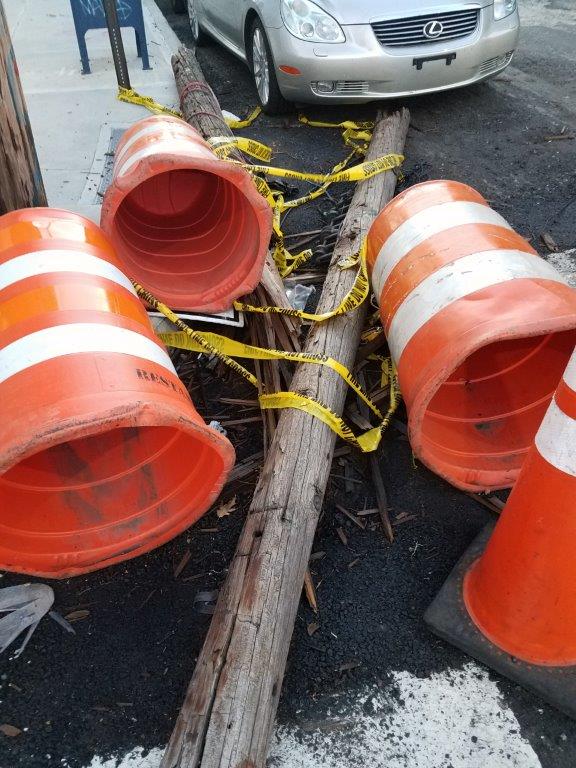
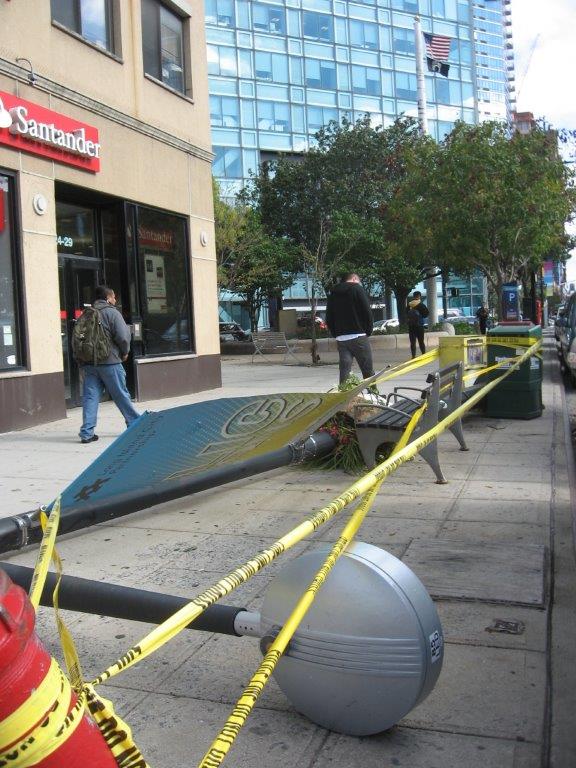
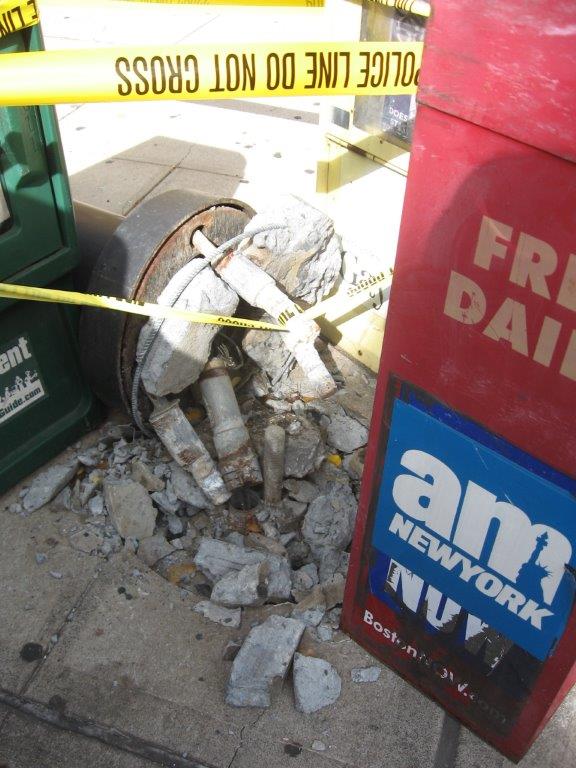
*Infrastructure report card: https://infrastructurereportcard.org/state-item/new-york/*
We need to create open national and local markets where individuals who devise new ways to produce or conserve power can quickly profit from their innovations. Open efficient markets will unleash New York entrepreneurial energies to solve our most urgent national problems- global warming, national security, our staggering debt, and stagnant economy. Everyone will profit from the Green Gold rush of updating infrastructure. By modernizing New York City infrastructure we will increase its generate millions of jobs that can’t be outsourced.
